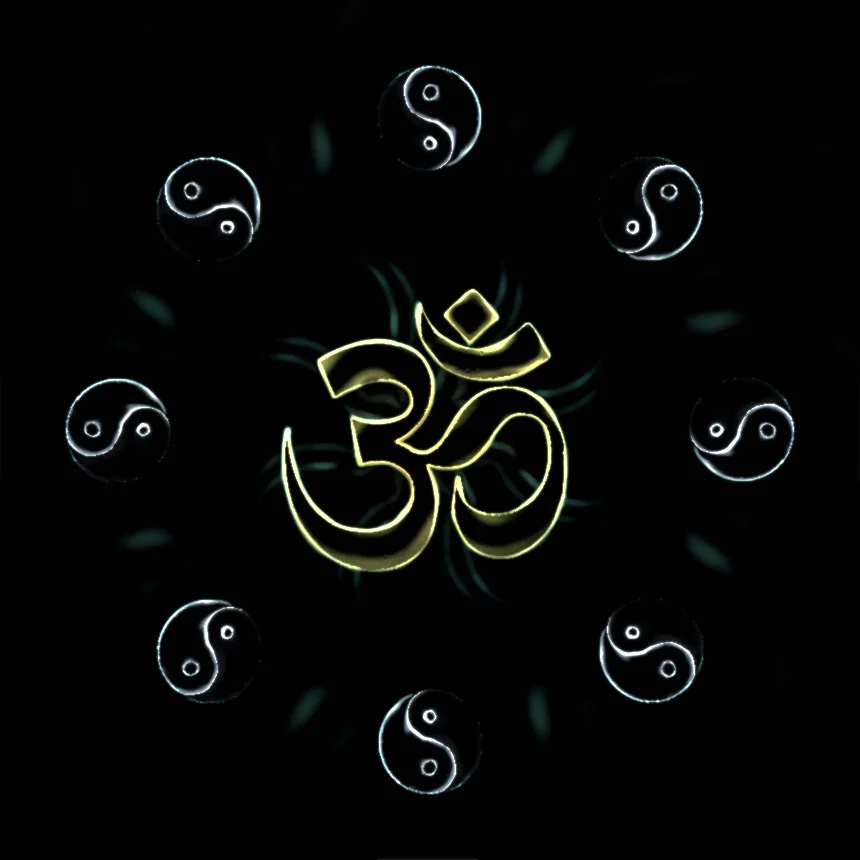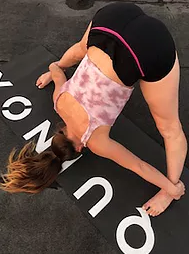Yoga and Chinese Medicine: Getting to the Root of It
Marie Mendicino
Having recently gone through and completed a 200 hour Yoga Teacher Training, I wanted to bring forth some information surrounding the Root Chakra. Specifically I want to dive into the tangible relationship that can be made between the root chakra its respective yin and yang meridian counterparts in Chinese Medicine. At the end I will provide some yoga poses that help to open this chakra and alleviate some of the negative emotions that are associated.
So, what is a chakra?
There are seven main chakras that are focused on. A chakra is an energy “vortex” located deep within the body along the path where the main “nadis” (energy pathways in the physical body) come together. Depending on the source there is said to be around 72,00 to 350,000 nadis. The seven main chakras are:
Muladhara - Root Chakra
Svadisthana - Sacral Chakra
Manipura - Solar Plexus Chakra
Anahata - Heart Chakra
Vishuddi - Throat Chakra
Ajna - Third Eye Chakra
Sahasrara - Crown Chakra
Each chakra has a very specific yin and yang meridian counterpart. The Root Chakra corresponds to the Kidney meridian (yin) and the Bladder meridian (yang). The emotions associated with these meridian pathways are fear and shock. They embody the concept of the sympathetic nervous system which holds the key function of the fight or flight response. In combination with these two meridians, the root chakra holds the consciousness of self defense and survival.
What is a Meridian?
Meridians are also energy pathways in the physical body, that come from ancient Chinese schools of thought. There are 12 main meridians in the body and 8 extraordinary channels. The 12 main meridians run along the surface of the body and have bilateral symmetry. They are connected to and named after the abdominal organs and relate to physiological processes, musculoskeletal functions and emotions in the body. The meridians also have corresponding myofascial pathways (consisting of muscle and connective tissue).
Yoga and Meridians?
Yoga is a wonderful way to connect to the body and release any physical or emotional tension that may be stangnent within the body. Yoga also helps to move the physical structures of the body which in turn can facilitate clearing of energy along the meridian pathways.
The physical structures associated with the bladder meridian are the urinary bladder, the hamstrings, the kidneys, the adrenals, the pelvic floor, the gluteus maximus, the posterior calf muscles, the spinal erectors and the quadratus lumborum. The physical structures associated with the kidney meridian are the kidneys, the adrenals, the pelvic floor, the quadratus lumborum, and the posterior thigh adductors.
Yoga Poses for Root Chakra and Kidney and Bladder Meridians?
Forward Fold - Uttanasana
Focus on connecting the belly to the thighs before straightening the legs in order to get your sits bones extended high towards the sky
The focus of this pose is to spread the sits bones apart making room for the pelvic floor to relax and the Root Chakra to open up
This pose stretches the hamstrings and the gluteus maximus muscles and the connective tissue that extends from the tip of the toes all the way up the back body and around the scalp
Wide Leg Forward Fold - Prasarita Padottanasana I
Focus on engaging the front thigh muscles (pull your kneecap up) to maintain support and stability in this pose
Keep toes facing straight ahead
Bring hands towards or on the ground for support - use a block to place hands on for extra support
Focus on spreading sits bones wide apart and up towards the sky
Downward Dog - Adho Mukha Svanasana
Spread fingers wide open and press firmly down into hands - focusing on distributing weight evenly between the fingers and palm
Relax shoulders and allow scapulas to retract down the back
Allow the stomach to hollow out and fall close to the thighs
Focus on spreading the sits bones apart and up towards the sky
Focus on keeping length along the spine (remembering that the neck spine is part of the spine)
Allow legs to straighten to stretch the hamstrings - ONLY IF - the spine is able to stay straight
Source:
Vaughan, R. E. (2017). Science of Points & Pathways: A Handbook of Meridians & Chakras for Practical Application





